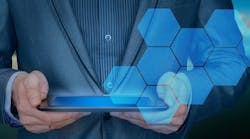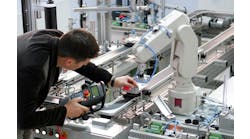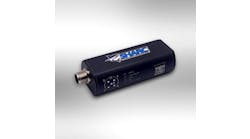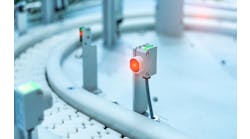I have an Ecobee thermostat for my furnace which is professed to be a smart home device. Well, in fact, it is, and it’s part of the IoT domain. It set up easily and allows for email alerts.
My furnace decided to shut down recently, and in order to get it going again I had to cycle power to the circuit boards. So, what if that happened while I was away in the sunny south (post-COVID, of course)?
I would not have known, except for the fact that I can remote into the thermostat to see what the temperature is, as well as set alerts if the temperature drops too low—remote monitoring and diagnostics at its best.
I am going to put the furnace on an IoT wall switch, so if the furnace goes wonky again I can cycle power remotely to fix the problem.
How I wish that the furnace itself was an IoT device; then I could tell if the burners are on and the fan is running and view the heat-exchanger differential temperature indication to let me know it is actually working.
Well, then, how can I accomplish that? IoT sensors—that’s how.
I can add a wireless IoT temperature plenum sensor and an air flow sensor, which will give me all the information I need, and I will have access to them through Google Home.
My other option is to use my home PLC to use digital and analog I/O to monitor all the signals and set an alarm which could generate an email based on the logic. Or how about using this thing called the cloud?
Industrial remote monitoring using the Industrial Internet of Things (IIoT) and the cloud can provide so much information from your process or machine with the addition of IIoT-enabled sensors. The diagnostics they can provide are priceless.
I tend to lump remote diagnostics into the alarming bucket of processes. Using IIoT devices along with your legacy alarming system can provide you with myriad data that can be used for all kinds of diagnostics and monitoring.
With the advent of IIoT devices and edge computing, remote anything becomes a total reality. One day, I bet that your cell phone will become a task scheduler, whereby the system detects a fatal alarm. Instead of broadcasting that alarm to everyone, location information from your device will allow the system to direct the alarm to the person either most qualified to address the error and who is the closest to the problem. While that may prove to be a feature, if that person doesn’t react, then things will go south in a hurry.
Remote monitoring is not the same as remote access; however, remote-access solutions may need to be employed to address the alarming issue.
Wireless sensors can integrate with systems at the device level easily these days, so there isn’t any excuse not to employ the extra alarming coverage.
By having an edge-computing device, such as Opto22’s EPIC, or an edge HMI that can process data, such as ADISRA, putting data into the cloud directly becomes a reality. Using MQTT brokers can make that data accessible without a huge network impact.
An up-and-coming development is the use of synthetic sensors. In principle, these sensors are general-purpose and can indirectly monitor large plant-floor areas so that direct instrumentation of the individual machine contexts is not necessary.
Dr. Gierad Laput wrote a paper which was delivered at the ACM Conference on Human Factors in Computing Systems (CHI) dealing with these super sensors.
His premise is that these “highly capable sensors” can monitor a large context and virtualize raw sensor data and turn that data into actionable feeds to an application. It has primarily been used and tested in home automation, and the thought is that the premise can be applied to the IIoT space and plant-floor monitoring.
These synthetic sensors would be deployed over a space and monitor various attributes of the environment. Laput’s sensor device can monitor 12 different properties, including vibration, audio, EMI and air pressure of the environment.
Part of the holdback of implementing remote monitoring and diagnostics could be cost and the required engineering, depending on the application. Technical expertise may also be an issue since not everyone is familiar with the new technologies, such as interfacing with Microsoft’s Azure platform for cloud-based storage of data and remote diagnostics.
I won’t be putting my furnace into the cloud, but I could if I wanted. That’s the attraction of remote monitoring and diagnostics. It can be done.






